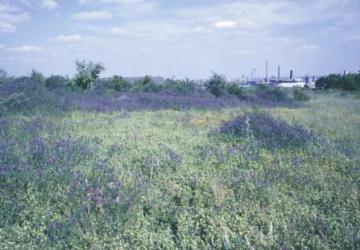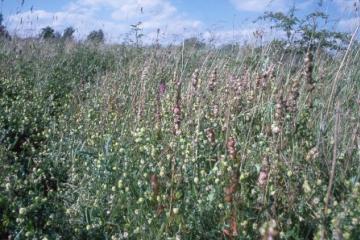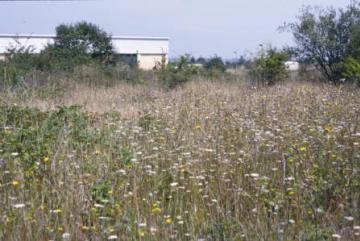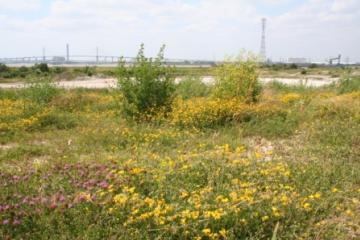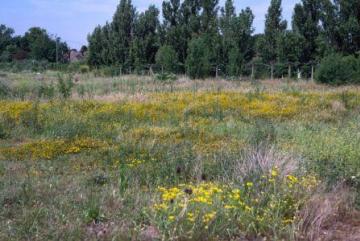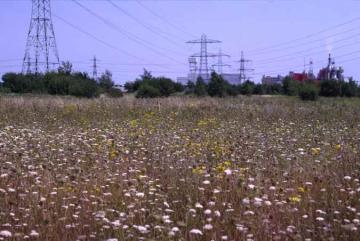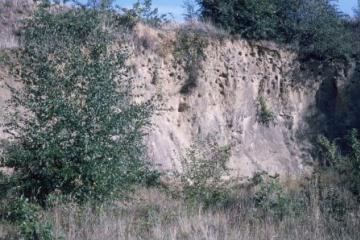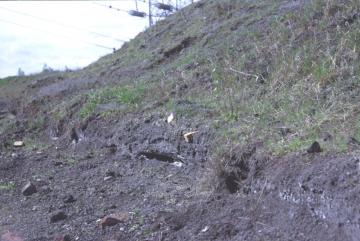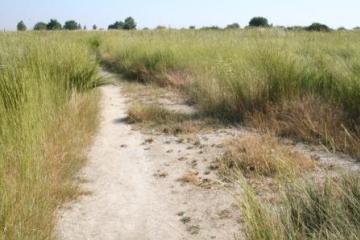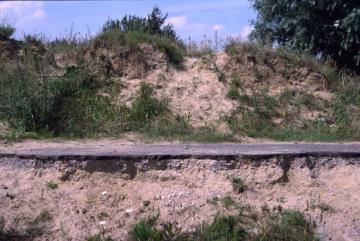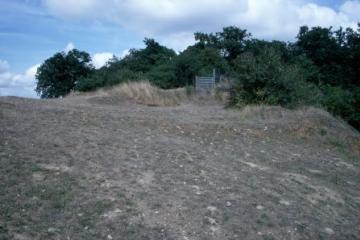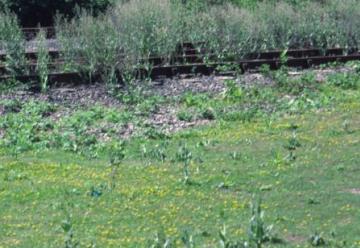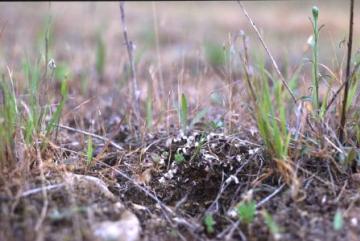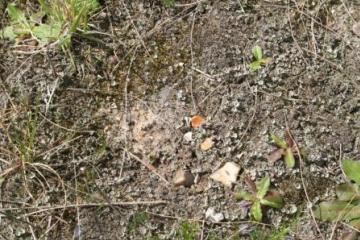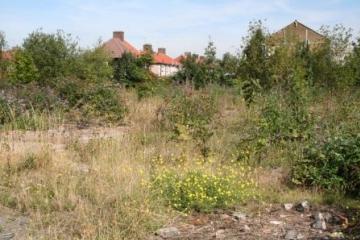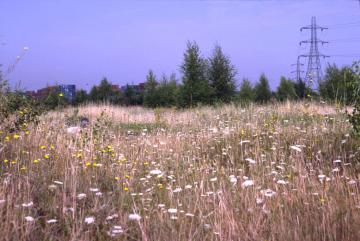Brownfield site assessment help
Plant and flower diversity are important features of brownfield sites of nature conservation importance - many invertebrate species are phytogenous and feed on or inside leaves, stems, fruits and seeds, or are predators or parasitic on phytogenous species. Different species are usually associated with particular plants, so a diversity and continuity of phytogenous resources are important. The plant species involved are often common and widespread, but no longer occur in the wider countryside in the abundance required to support populations of insects, and they may include ruderals or 'weedy' species.
Adult insects forage on nectar and pollen, and many species are associated with particular plants. Diversity, abundance and continuity of forage throughout the spring and summer is therefore another important factor.
Vegetation present and vegetation types
These provide an idea of what structural variety is present at a site. The double tick boxes work so that you tick one if the vegetation or vegetation type is present, both boxes if there is a greater quantity present - this is by design very approximate, to allow for sight from a boundary or to give a rough idea that can, if necessary, be followed up in the future. The plant categories obviously require a certain degree of identification skill.
Invertebrates and invertebrate potential
As can be seen from pages such as Brownfield importance and Assessment of value of brownfield sites the best sites are usually those where habitats are a complex mosaic, structurally diverse and with flower-rich grasslands as well as bare ground, sparsely vegetated areas, lichen heath and ruderal vegetation. If your site has features such as these, then it will have high invertebrate potential.
If there is doubt about how to complete parts of the form, pictures of features can be uploaded to provide additional information about a site.
























